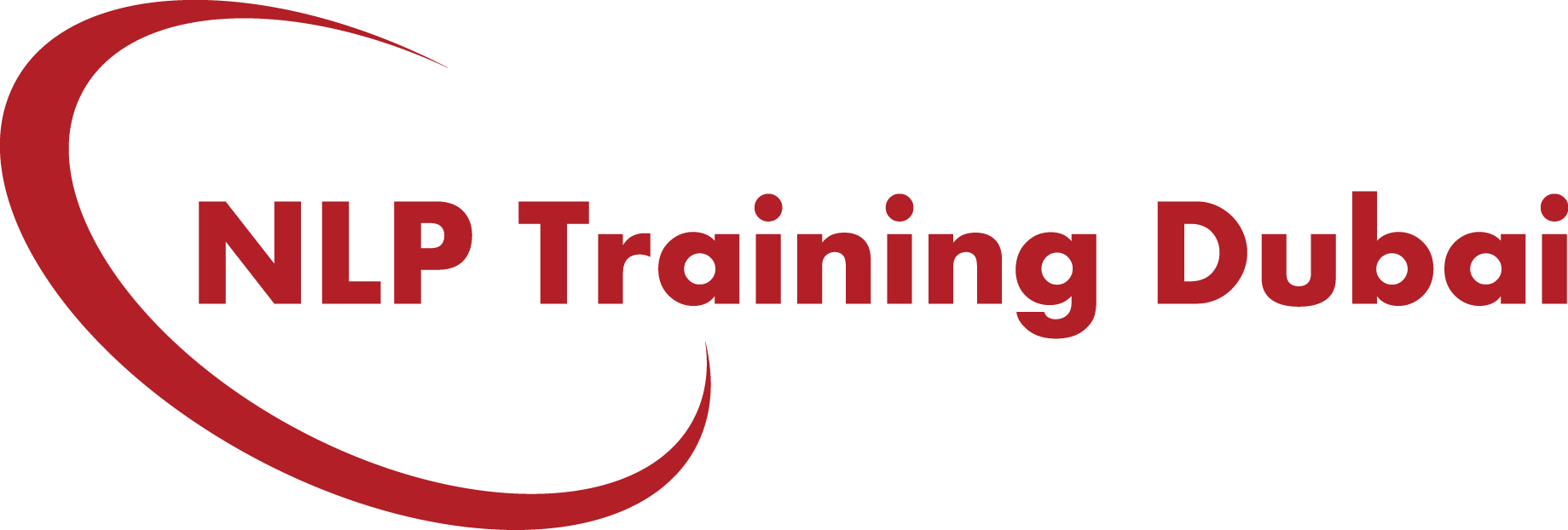
Have we ever introspected our behavior?
We all follow and live witha pattern of behaviors, change some behaviors through different phases in life and retain some throughout our lives. If the behaviors are positive, good for us. But, what if the behaviors we carry on or live with throughout our lives, are limiting behaviors, in other words slow poison stopping us from living alife we truly want? What if we know these behaviors are limiting us but we are not prepared to let it go,as we have grown accustomed to them, they make us feel so comfortable, we are addicted to them. Are these behaviors slowly killing ourtrue potential?
What is addictive behavior?
An addictive behavior is a behavior, or a stimulus related to a behavior, that is both rewarding and reinforcing, and is associated with the development of an addiction. Addictions involving addictive behaviors are normally referred to as behavioral addictions.In addiction, dopamine, a brain chemical, is released in the brain’s reward system giving the person a high and is a motive for continuation of the behavior. It is also termed as positive reinforcement.
Our behaviorsmirror our subconscious perception of ourselves and the world around us. Many of these behaviors are formed at a very young age and have come from what our life, our surroundings, people in our lives and some beliefs others and self, have created. Many times, a result of some false internal belief system.Just imagine, if how we are behaving is not the right way and we bring in a new and positive behavior, would there be a positive lasting change? How would our life be then?
Your behaviors are more powerful than you realize. When you have the rightbehaviorand attitude towards life, you can literally change your biochemistry. It is only when you believe;you open yourself up to every possibility of change.
Stages of behavior change
Pre-contemplation – the time when you are unaware of the problem.
Contemplation – you become aware of the problem and desire a behavior change.
Preparation – intention of action
Action – Practices the desired new behavior
Maintenance (Sustenance) – Works to sustain the behavior change
NLP aids the above process of change by not just creating awareness but provides the necessary tools, helps you know what is trapping you; provide strategies and technicalities to help the process of changing the values and beliefs to support the new belief; persuade, motivate and facilitate action; and help you sustain your new behavior.
Neuro-Linguistic Programming (NLP) is a psychological therapy which changes an individual’s thoughts and behaviors in order to help achieve desired outcomes or reach personal goals. It works by relating thoughts, language, and patterns of behavior learned over time and through experience to specific outcomes. NLP Therapy starts with the presumption that all human actions are positive. NLP works through the conscious use of language and communication to bring about changes in a client’s thoughts and behaviors.
For example, let’s imagine you are a guy wants to quit the habit of being caustic, always criticizing people, insulting and hurting them. You say to yourself, it’s such a bad habit. I rub so many people the wrong way, they get hurt with my caustic words – I need to stop. But wait, isn’t being honest supposed to be right? Why is being honest wrong? But then people are getting angry. Let me take it slowly. I will wait and see.
What happened here? In just a matter of seconds, your thoughts went from wanting to change to reasoning why you didn’t have to change and then wanting to wait and revisit the decision.Procrastination. You know your behavior is wrong but since the behavior has become a part of you, your comfort zone, you don’t want to let go of it very easily. Although a part of you want to change, a part of you tells you why it is not a good idea.
To bring about this change, you require the help of NLP tools, which will help get you a perspective and stop procrastination, which is yourbrain’s first reaction to the change. For the brain, any change represents danger and it tries to protect us from this danger. NLP tools and techniques will rewire the brain with positive outcomes to the desired change thus slowly allowing the brain to accept thispositive potential.
If you really want a change in your behavior and close the gap between where you are and where you want to be, we bring to you, few effective NLP tips you can try today.
1. Visualization
Getting to the point, visualization helps you see the result of your hard work and goal before it actually happens. Did you know that your brain can’t tell the difference between something imaginary and something real? In other words, if your imagination is vivid enough, you can trick your brain into experiencing the positive emotions that go along with a positive memory or mental image.
In this case, you can visualize speaking politely or giving feedback in a manner which leaves the person benefitted. Like using a commend recommend commend technique. Visualize people feeling benefitted with your feedback. When you visualize this scenario in your mind eye, it motivates you further to achieve it.
2. Anchoring
One of the most powerful techniques in NLP which involves connecting a behavioror emotion you want to change to a specific gesture. This trains your brain to associate the positive feeling with the said phrase or gesture.
Example – First think about the behavior you want to change. Next, replace it with the changed behavior you want to bring into existence. Make this mental image as vivid as possible. Then choose an anchoring action or images. The actions could be in the form of pressing your right hand thumb onto the palm of your left hand OR pressing both the thumb and index finger of any hand. You could also anchor with the use of pleasant images of scenery or birds, etc.
Then, choose an anchoring phrase such as “I will speak positively” or “I will give positive feedback”. After saying the phrase in your mind, perform the above action. The new behavior gets anchored. Repeat this for few days till this becomes the new habit.
3. Practice Positive Affirmations
Practicing daily affirmations is an effective habit because it helps, to a large extent, bring optimism into one’s life. Repeating positive affirmations everyday makes one happy and confident. It increases awareness of possibilities and makes one feel nothing is impossible. Saying the affirmation in the present tense is important because your subconscious mind will work to turn the positive intention into reality; hence, rewiring your brain faster.
To conclude:
Practicing these techniques will make you more open to embracing the change. When you start to think, feel, visualize and start the journey of cultivating winning habits and behaviors, you start experiencingthe incredible feelings associated with success.
NLP Training Dubai (www.nlptrainingdubai.com) – powered by UV Consultants, is a global NLP training & coaching platform which offers quality NLP training and coaching certification programs in Dubai and other locations across the middle east. To know more about our NLP & Coaching programs, please write to nlptraining@uvconsultants.com or call +971 4 8525752 | +971 50 670 5615.
